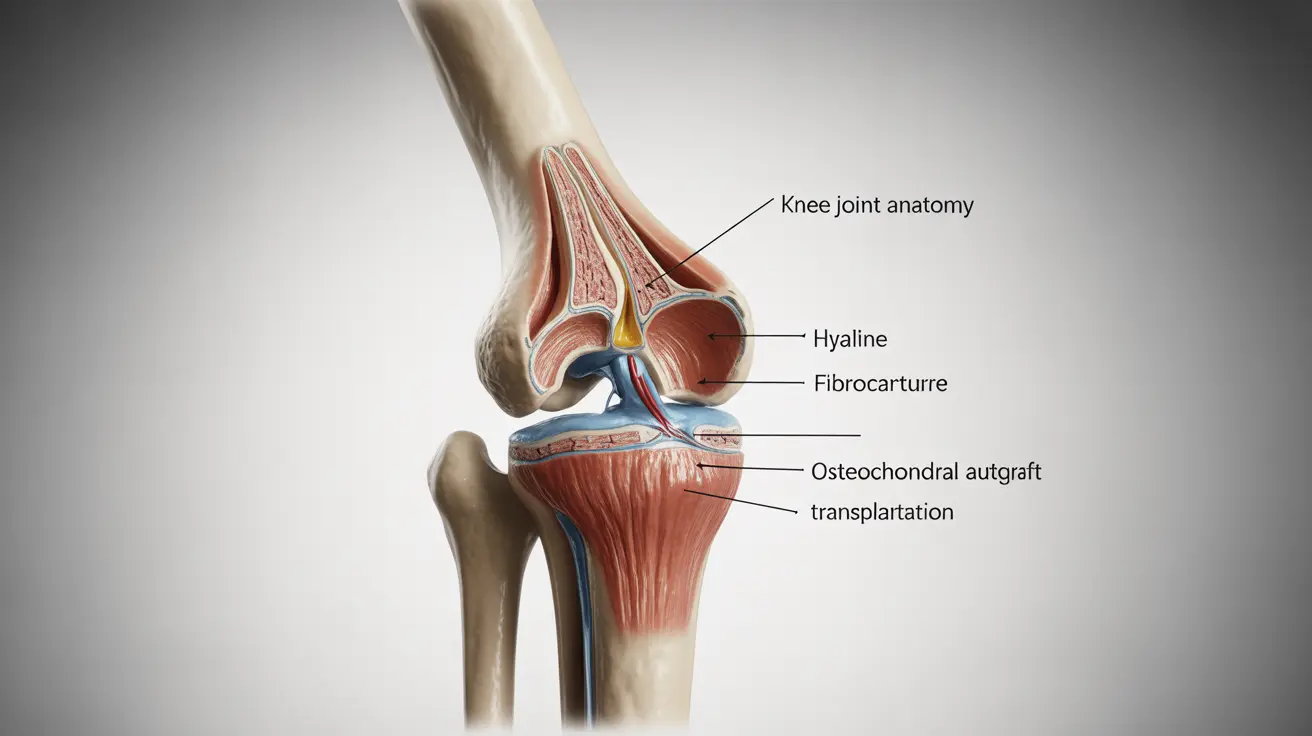The future of blood testing is rapidly evolving towards non-invasive techniques, which promise to transform healthcare by making diagnostics more accessible, less painful, and more continuous. Here are some emerging technologies and their potential impacts:
- Wearable Sensors:
- Technology: Wearable devices such as smartwatches and patches that can monitor biomarkers through the skin.
- Examples:
- Continuous Glucose Monitors (CGMs): Track glucose levels in real-time, crucial for diabetes management.
- Smart Wristbands: Monitor hydration levels, lactate in athletes, and other vital signs.
- Benefits:
- Painless Monitoring: Eliminates the need for frequent finger pricks or blood draws.
- Real-Time Data: Provides continuous monitoring, allowing for immediate response to changes in health status.
- Patient Compliance: Increases patient adherence to health monitoring due to ease of use.
- Optical Scanning Technologies:
- Technology: Uses light to measure various blood components through the skin.
- Examples:
- Optical Glucose Sensors: Use light to non-invasively measure blood glucose levels.
- Spectroscopy Devices: Analyze blood parameters like hemoglobin concentration through the skin.
- Benefits:
- Accuracy: High precision measurements without the need for blood samples.
- Convenience: Can be used in everyday settings without the need for clinical visits.
- Prevention: Facilitates early detection and continuous monitoring, which can prevent the progression of chronic diseases.
- Microneedle Patches:
- Technology: Patches with microscopic needles that painlessly penetrate the outer skin layer to sample interstitial fluid, which mirrors the blood’s chemistry.
- Applications:
- Glucose Monitoring: Continuous glucose monitoring for diabetics.
- Disease Detection: Potential for early detection of infections and metabolic disorders.
- Benefits:
- Minimal Discomfort: Less painful than traditional blood draws.
- Portable: Easy to wear and can be used in daily life without inconvenience.
- Lab-on-a-Chip Devices:
- Technology: Miniaturized devices that can perform multiple diagnostic tests from a single drop of blood.
- Examples:
- Point-of-Care Testing Devices: Small, portable devices that can screen for diseases, measure electrolytes, and assess organ function.
- Benefits:
- Efficient: Quick results, often within minutes, allowing for rapid decision-making.
- Cost-Effective: Reduces the need for extensive lab infrastructure and can be more affordable.
Impact on Healthcare:
- Early Detection and Intervention:
- Facilitates the early detection of diseases like diabetes, cardiovascular conditions, and infections, enabling timely intervention.
- Personalized Medicine:
- Continuous monitoring allows for more personalized treatment plans and adjustments based on real-time data.
- Improved Compliance:
- Non-invasive methods reduce patient barriers to regular health monitoring, enhancing overall compliance and health outcomes.
- Accessibility:
- Makes advanced diagnostics accessible to wider populations, including those in remote or underserved areas.
As these non-invasive blood testing technologies continue to mature, they hold the potential to significantly enhance patient care, improve disease management, and revolutionize the future of healthcare.
Recommended Tests:
- Continuous Glucose Monitor (CGM) (representative of non-invasive glucose monitoring)




